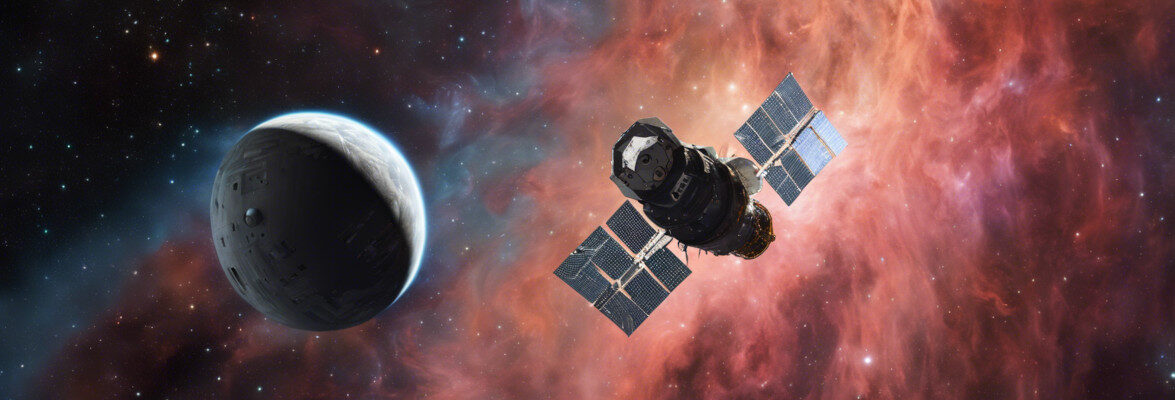
A special collection of articles published in “Journal of Geophysical Research: Planets” reports the results of various researches on asteroid Bennu, in some cases already published in recent months. Various researchers used data collected by NASA’s OSIRIS-REx space probe getting some surprises about what happens on Bennu such as the loss of materials being ejected into space. Possible causes include meteoroids, thermal stress, and the ricochet of particles that fall back to the surface then bounce back into space. Bennu’s activity could only be noticed by a nearby space probe, and this raises the question of the possible activity of other asteroids.
Plumes from the surface of asteroid Bennu had already been sighted and described confirming that it’s an active asteroid. Discussions regarding the possible causes of this activity began, leading to new research. The bottom image (NASA/Goddard/University of Arizona/Lockheed Martin) shows the emission observed on January 19, 2019.
The OSIRIS-REx space probe made it possible to obtain observations at close range starting in January 2019, and the discovery of over 300 emissions of materials led to months of investigations to understand the processes at their origin. In particular, the TAGCAMS (Touch-and-Go Camera Suite) instrument was used to detect particles coming from the surface even if its primary purpose is as an aid to the navigation of OSIRIS-REx by being sort of its eyes.
The observations made it possible to identify hundreds of particles, in most cases under one centimeter across that move at a speed of around 20 centimeters per second. The largest particle had a diameter of about 6 centimeters, and the fastest was very fast compared to the others as it moved at about 3 meters per second.
The top image (Chesley et al. (2020) and Hergenrother et al. (2020)) shows the environment around asteroid Bennu shortly after the ejection occurred on August 28, 2019. The ejected particles are shown as white dots.
Phenomena such as the impact of meteoroids, very small space rocks that can be the size of grains of sand, and thermal stress have already been studied previously. The researchers believe they’re the ones most likely to be the cause of the loss of materials by asteroid Bennu. Ejections of materials were hypothesized even before the arrival of the OSIRIS-REx space probe but a spacecraft was needed in the area with instruments capable of detecting them to confirm that an asteroid may have that type of activity.
While the OSIRIS-REx space probe is being set up to descend to the surface of asteroid Bennu to take samples, studies of what’s happening in the area continue. Asteroids can be a danger if their orbit crosses the Earth’s orbit, they could be a resource if they contain metals, and they could also contain water and complex compounds left over from the early solar system’s history. A more dynamic environment than expected offers further ideas for research.


